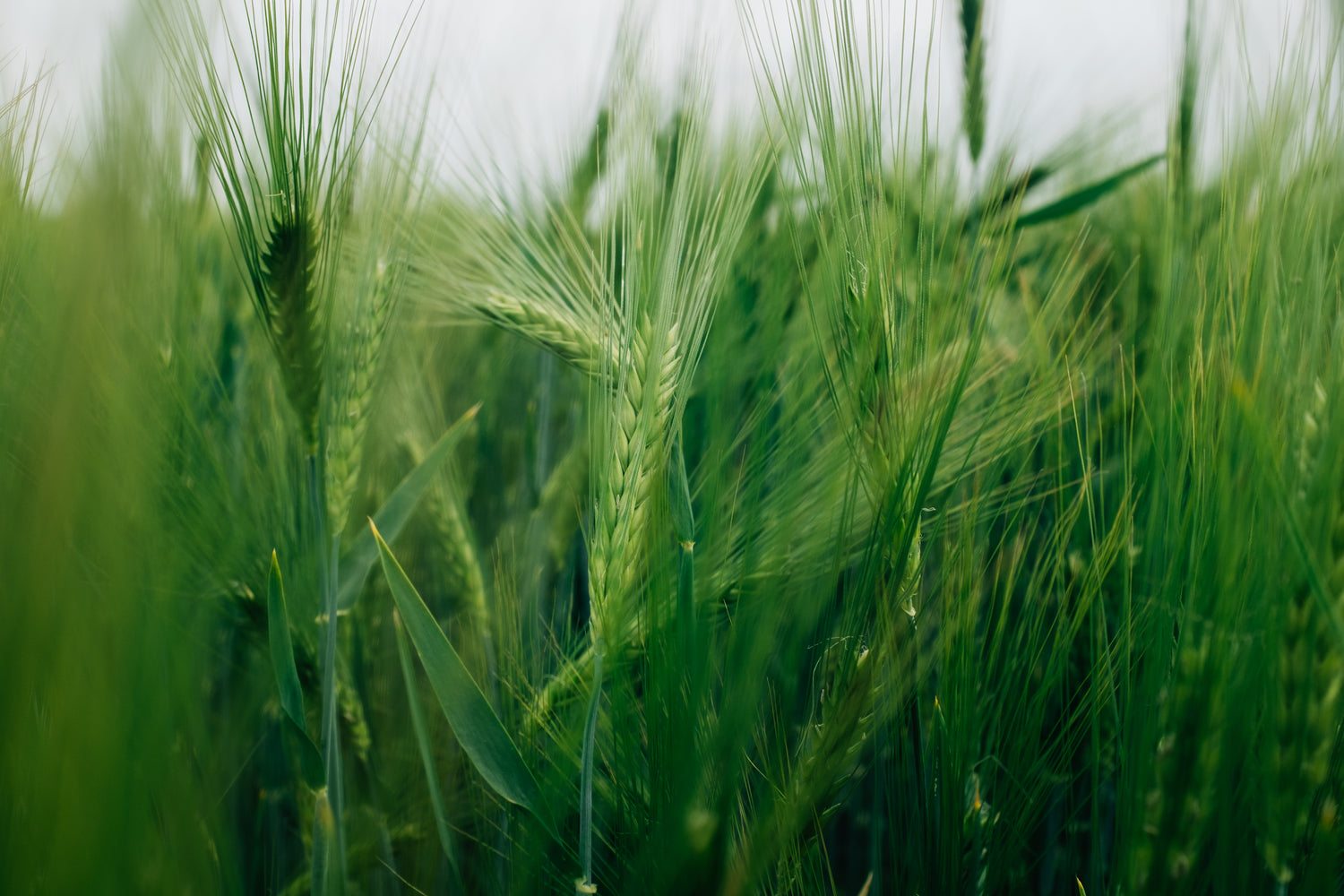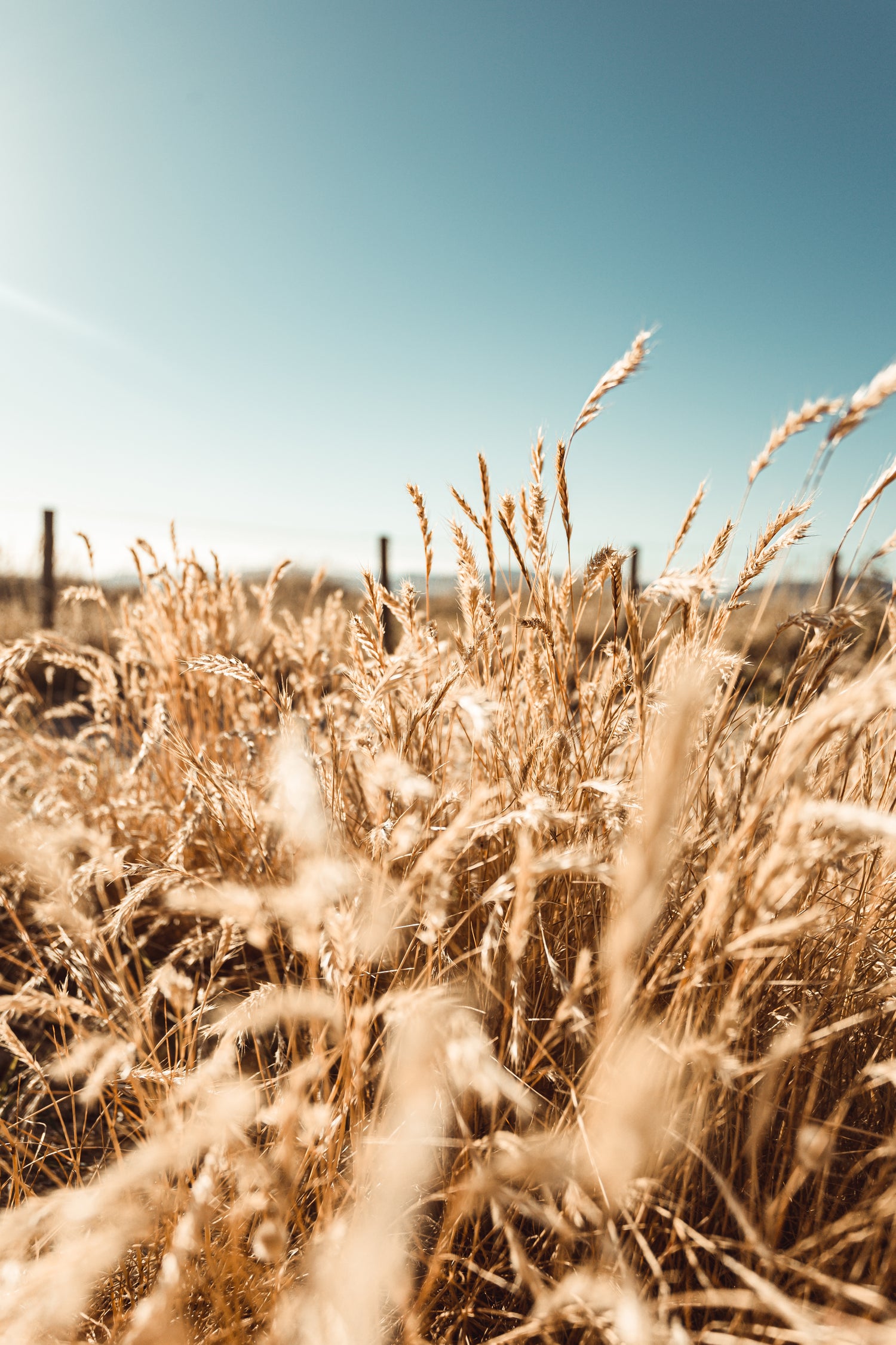What is "Gluten" (Wheat)
Overview
🌾 Gluten (protein) is not harmful or unhealthy for the majority of people around the world, but why does 6% of the U.S. population have problems, issues, and complications digesting this protein?
(Gluten related disorders to consider)
1️⃣ Celiac Disease | Gluten Ataxia
Dermatitis Herpetiform
(Autoimmune disorder)
Celiac Disease is an autoimmune disease in which the body interprets gluten as a toxin that interferes with the absorption of nutrients occasionally cause immediate symptoms, such as vomiting and abdominal pain. Damaging the villi of the intestines which in result makes it difficult to absorb necessary nutrients which could lead to a host of other problems.
Gluten Ataxia (Rare) an autoimmune disease in which consuming gluten can lead in damage to the cerebellum resulting in ataxia.
Dermatitis Herpetiform is a skin rash which many find common in those who have issues with the gluten protein and can be found in various parts of the body and face. Please, visit your family doctor or dermatologist for proper diagnosis and treatment.
2️⃣ Allergy
(Wheat/Gluten Allergies)
Wheat allergies overreacts when wheat is digested with adverse immunologic reactions. Harmful to the body like a bacterium or virus. Celiac Disease and Wheat allergy conditions are often misdiagnosed and difficulty to distinguish clinically, since the symptoms experienced by both are similar.
-
Respiratory Allergy: characterized allergic responses to the inhalation of wheat and cereal flours and dusts (baker's asthma).
-
Food Allergy
-
Wheat-dependent exercise-induced anaphylaxis (WDEIA): Defined syndrome that is caused by a specific type of grain protein (ω5-gliadins). Usually occurs 1 to 4 hours after wheat ingestion and the pathophysiology of WDEIA remains unknown. Recommended that WDEIA patients refrain from exercise for 4 to 6 hours after wheat ingestion.
-
Contact Urticaria (CU) is a transient wheal and flare reaction that occurs within 10 to 60 minutes at the site of contact of the offending agent and completely resolves within 24 hours. It was first described in 1973 by Alexander Fischer. It is a form of acute urticaria (symptoms last for less than six weeks).
-
Atopic Dermatitis related to a range of wheat proteins
-
Urticaria related to a range of wheat proteins
-
Anaphylaxis related to a range of wheat proteins
3️⃣ Sensitivity
Innate Immunity?
(Not Autoimmune, Not allergic)
Gluten Sensitivity (GS) describes those individuals who have similar symptoms to those with celiac disease, but who don’t have the same antibodies and intestinal damage seen in celiac disease when gluten is consumed. Gluten sensitivity has more extraintestinal or non-GI symptoms, such as headache, brain fog, joint pain, and numbness in the legs, arms or fingers. Symptoms typically appear and linger for hours or even days after gluten has been consumed.
Terms related to gluten intolerance:
⚠️ Celiac (Coeliac) Disease, Non-celiac Gluten Sensitivity, Dermatitis Herpetiformis, Gluten Ataxia, and Wheat Allergies are among several illnesses that harm the gut. What are these? Put simply, they all fall under the umbrella of gluten intolerance terminology either it be sensitivity, disorder, and/or an allergy.
Consider searching the ingredients list for gluten in these products as well
💈🧴💄💊
Hair products, body lotions, medicine, chap sticks, Halloween candy, dental products, and even some toothpastes, paper straws, certain shampoos, glue, envelope sealant, playdough, sprinkles, certain food colorings.
***For those with Celiac Disease or any type of gluten intolerance may unfortunately even a tiny crumb could cause lasting damage to the intestine, causing joint inflammation, brain fog, and vomiting (aggressive bowel movements) causing discomfort for hours, days, weeks or even months (every individual is different and effects can differ).***
- Studies have long shown the benefits of consuming wheat (gluten) such as its protein, vitamins (notably B vitamins), dietary fiber, and phytochemicals. Statistics now show, 12%-14% of Americans are actively following a gluten free diet. Wheat has long been recommended by our health care providers as an integral part of a healthy, well balanced diet as it is a great source of protein, soluble fiber, and nutrients. Wheat (gluten) is versatile in its functionality and plays a huge role in the texture, quantity, and ability to help bind other ingredients together. Gluten (wheat) is rarely called out on ingredient lists by its name, but is an integral part of several ingredients (wheat, barley, malt, bulgur, and farina). Gluten can be found in many different types of products, some which can be very unexpected.
- Unfortunately, the only treatment for Celiac Disease (gluten intolerance) is a strict gluten-free diet...for now at least. We really do care about the safety and health of our family, friends, and of course the 🌎environment! Our products are created for people with related allergy conditions that require special food handling, cleaning, and care. Our luxury set of all-purpose kitchen tools features a beautiful array of colors (Pink, Mint Green, Dark Grey). Each silicone utensil is all natural, ergonomic, with antibacterial beechwood handle, as well with its specific function and purpose. We believe that everyone deserves to live a life they love.💚
In short, be careful where, what, and how your food is prepared and cooked. Recommended to possess your own set of cookware, cooking pans, toaster oven, air fryer, and/or kitchen utensils to avoid cross contamination.
🧠 Remember: 🌾 Gluten protein is naturally occurring, but it can be extracted, concentrated and added to food and other products to add protein, texture, and elasticity. It also works as a binding agent to hold processed foods together and give them shape.
🧠 Remember: 🚫 Cross contamination is when small or big amounts of residual gluten hasn’t been cleaned or washed properly off surfaces, cookware, and kitchen towels which can be harmful to anyone who is exposed. All depending on the different levels of sensitivity. Cross contamination is a real fear amongst the gluten free and Celiac disease community when cooking within the same kitchen.
Note: Label Reading & the FDA
Only treatment for Celiac Disease is a strict gluten free diet. "Wheat-free” does not necessarily mean gluten-free. If a gluten-free label claims to be gluten-free on the package, then it is most likely safe to eat as the FDA only allows packaged foods with less than 20 parts per million (ppm) of gluten to be labeled gluten free. Some packaging also contain a list of common allergens usually on the front package or in the back (wheat, soy, egg, nuts, and milk). Barley and rye are not in the top eight allergens required to be listed.
💚Be sure to check the ingredients list for other hidden sources of gluten and product main website for more details💚



